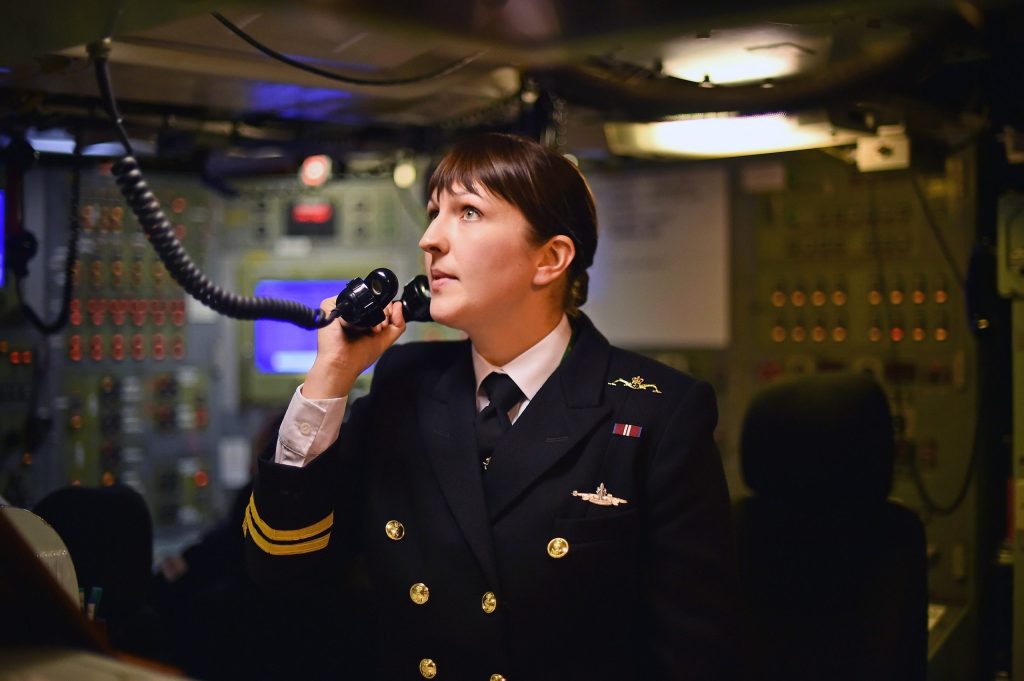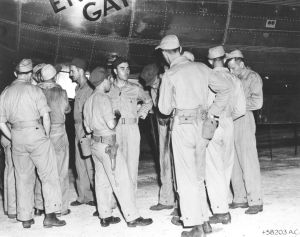It has long been widely accepted as orthodoxy that the world was saved from nuclear war during the Cuban Missile Crisis because of the wisdom of John F. Kennedy and the diplomatic backchannel his aides had with Soviet leader Nikita Khrushchev. But this is only half true. The Soviet sources that have emerged since the end of the Cold war as well as recently declassified KGB archives suggest that, more than anything, we were saved from nuclear annihilation by sheer luck.
In the late hours of October 27, 1962, the crucial day of the crisis, American ships targeted a Soviet nuclear-armed submarine with practice depth charges, forcing it to surface. A negotiation by means of searchlight signals began. Then, seemingly out of nowhere, an American plane appeared and began dropping incendiary devices to light up the scene for its cameras. Assuming the Americans were attacking, commander Captain Valentin Savitsky rushed down from the bridge into the submarine, barking his order to get the torpedoes ready to be fired. The Soviet signal officer on the bridge tried to follow his commander into the submarine but got stuck with his searchlight in the hatch of the submarine’s conning tower. In that moment of delay, Savitsky’s superior, captain Vasilii Arkhipov, saw the American plane dropping fares, signaling their apology and canceled the order to ready the nuclear missiles, ending the incident.
Could such a close-shave unfold today? The recent shift in how Britain is to manage its nuclear arsenal suggests lessons have not been learnt from the Sixties. While nuclear technology has advanced phenomenally in the last few decades, the command and control system can always be a victim of human fallibility.
Take the example of Britain’s Trident submarines. To reach the commander of a British submarine, an order has to come from London. Only the UK prime minister, his designated survivors, or ‘nuclear deputies’ are empowered to issue it. This order must be transmitted through a number of intermediaries, in particular the headquarters of the task force, and a transition centre with the capacity to communicate it. But there is a question over whether all the links in this chain would survive the outbreak of a nuclear conflict and if the prime minister would be in position to convey his orders to a submarine thousands of miles away.
;768:[300×250,336×280,320×100];0:[300×250,320×100,320×50]”]Technological advancement can help only to a limited extent. In the era of cyber warfare, it might be difficult to decide who controls which computers and who issues which orders. Every captain of a Trident submarine has a letter from the prime minister that may or may not contain an order to strike. If the line of communication is broken, then a letter written before the start of the crisis, in complete ignorance of its circumstances, will decide the question of war and peace.
The Cold War’s nuclear proliferation treaties are now fading into history: the US and Russia broke with a treaty two years ago that had been signed by Ronald Reagan and Mikhail Gorbachev. Now Boris Johnson has reversed Britain’s long-established policy of reducing the nuclear stockpile. As part of the integrated review, the prime minister increased the amount of Trident nuclear warheads from 180 to 260. It came in part as a response to Britain’s rivals ‘increasing and diversifying their arsenals’.
Given that Boris Johnson’s new strategy also implies the possibility of responding with a nuclear strike to a non-nuclear threat, the chances of issuing a wrong order could lead to a modern-day Dr Strangelove scenario. In Stanley Kubrick’s 1964 film, Strangelove’s ‘doomsday machine’ consisted of nuclear bombs that would detonate automatically at the time of an enemy strike. If they went off, the world would be destroyed.
Britain is joining the new nuclear arms race, led by the US, Russia, and China. Last month, in fact, it was announced that Russia is to press ahead with plans to test Poseidon missiles in the Arctic, which could trigger radioactive tsunamis off America’s eastern coast. This worrying development came after three Russian nuclear-powered submarines simultaneously broke through Arctic ice in an exercise designed to show its military might.
Putin has made clear that Russia would respond to any perceived aggression with a response that is ‘asymmetric, fast and tough’. He explained in his recent State of the Union address: ‘I hope that no one will think of crossing the red line with Russia. And where this line will be, in every particular case, we will determine it ourselves.’
;768:[300×250,336×280,320×100];0:[300×250,320×100,320×50]”]The true story of the Cuban Missile Crisis shows that the uncontrolled nuclear arms race leads to crises that very well could end in a full-scale nuclear war. The belief that the leaders at the top are fully in control of a nuclear crisis is an illusion. Accidents happen, just as they did during the Cuban Missile Crisis. There is no guarantee that we will be as lucky as the world was in 1962.
This article was originally published on The Spectator’s UK website.

























